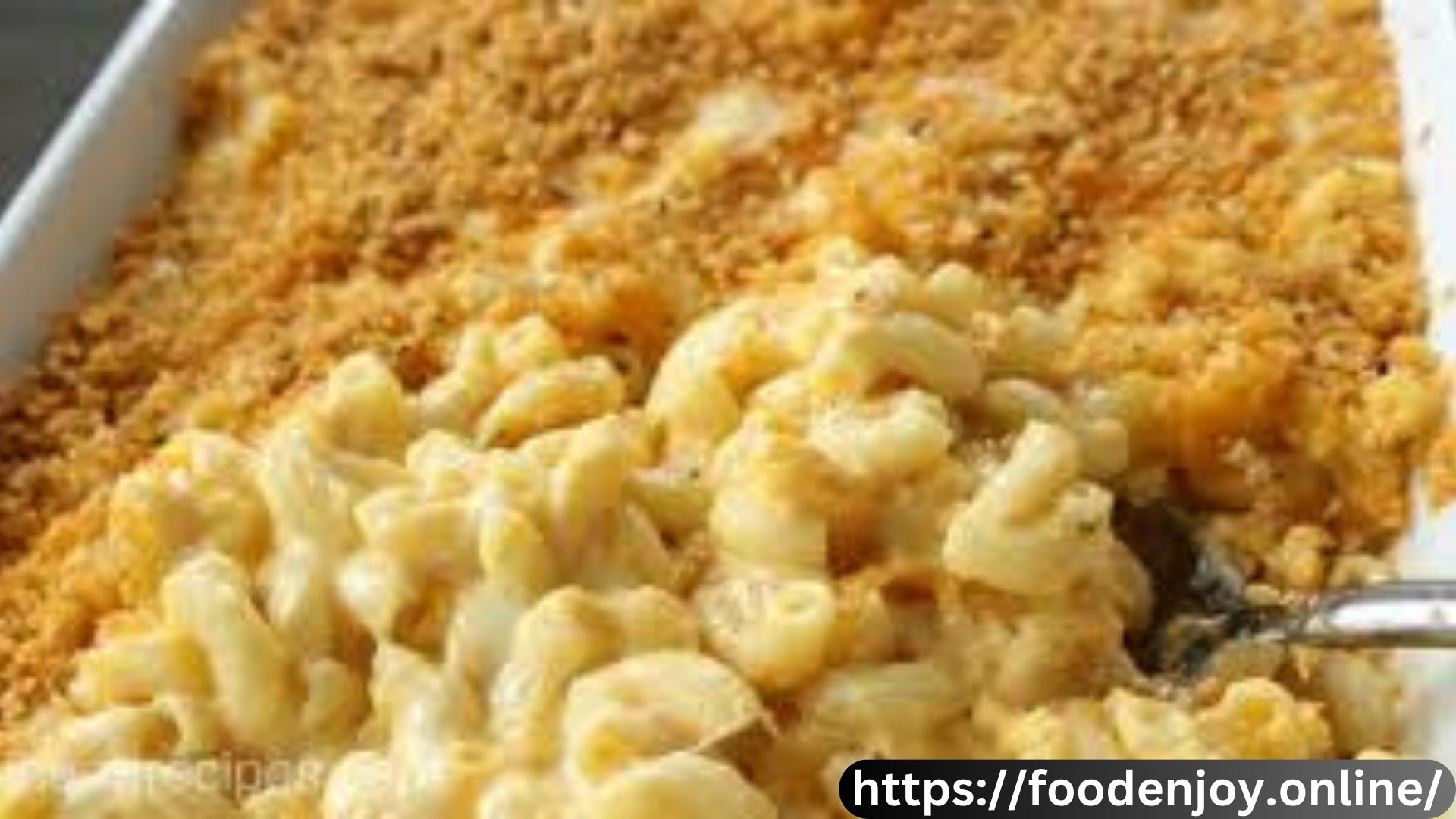The Fascinating World of Macaroni Penguins: A Comprehensive Guide. Macaroni penguins are among the most intriguing and distinctive penguin species on our planet. With their vibrant, flamboyant appearance and unique behaviors, they capture the imagination of wildlife enthusiasts and researchers alike. In this article, we’ll dive into the fascinating world of macaroni penguins, exploring their habitat, physical characteristics, diet, and conservation status. We’ll also address some frequently asked questions to provide a complete understanding of these remarkable birds.
What Are Macaroni Penguins?
Macaroni penguins (Eudyptes chrysolophus) are a species of crested penguin known for their distinctive yellow-orange feathers that resemble macaroni pasta. These charismatic birds are native to the sub-Antarctic region and are characterized by their vibrant plumage and unique vocalizations.
Physical Characteristics
Macaroni penguins are medium-sized penguins, standing about 60 cm (24 inches) tall and weighing between 2.5 and 5 kg (5.5 to 11 pounds). They are easily recognizable by their bright yellow and orange crest feathers that extend from their eyebrows and curve backward. This striking crest is one of their most defining features, making them stand out among other penguin species.
Their black and white plumage, typical of many penguins, provides excellent camouflage in their natural habitat. The white belly helps them blend with the bright surface when viewed from below, while the black back merges with the dark ocean when viewed from above. This counter-shading is an effective adaptation for avoiding predators and sneaking up on prey.
Habitat and Distribution
Macaroni penguins are found in the sub-Antarctic and Antarctic regions, with their breeding colonies located on various islands in the Southern Ocean. They primarily inhabit islands such as South Georgia, the South Sandwich Islands, and the Falkland Islands. These areas provide the rocky, ice-free environments that macaroni penguins prefer for nesting.
During the breeding season, macaroni penguins establish large colonies on rocky outcrops and cliffs. These colonies can number in the thousands, creating a noisy and bustling environment. Outside the breeding season, they spend much of their time at sea, foraging for food in the rich waters of the Southern Ocean.
Diet and Feeding Habits
Macaroni penguins are opportunistic feeders, with their diet consisting mainly of krill, small fish, and squid. Their foraging habits are adapted to the cold, nutrient-rich waters of the Southern Ocean. They are excellent swimmers and divers, capable of reaching depths of up to 100 meters (328 feet) in search of food.
Their diet is influenced by the availability of prey in their habitat. During times when krill populations are high, macaroni penguins will focus on this energy-rich food source. When krill is less available, they turn to other prey items like small fish and squid. Their ability to adapt their diet is crucial for their survival in the fluctuating environment of the Southern Ocean.
Breeding and Nesting
The breeding season for macaroni penguins typically begins in October, with pairs returning to their nesting sites to lay eggs. These penguins are monogamous during the breeding season, and many pairs return to the same nesting site year after year.
Nesting sites are usually located on rocky ledges or in crevices, protecting them from predators and harsh weather conditions. The female macaroni penguin lays two eggs, although usually, only one chick survives to fledge them.
Macaroni penguin chicks are born covered in gray down feathers and are entirely dependent on their parents for warmth and food. The parents take turns foraging at sea and returning to feed the chick with regurgitated food. By late March or early April, the chicks are ready to fledge and venture out to sea on their own.
Conservation Status
However, they face several threats in the future. There are significant concerns over overfishing and habitat destruction.
Climate change affects the availability of krill, which is a primary food source for macaroni penguins. Overfishing of krill and other marine resources can lead to competition for food, affecting the health and survival of penguin populations. Additionally, habitat destruction from human activities and the effects of climate change can impact their breeding and nesting sites.
Conservation efforts are ongoing to monitor and protect macaroni penguin populations. Research programs focus on understanding their ecology, monitoring population trends, and addressing threats to their habitat. By raising awareness and implementing conservation measures, we can help ensure a stable future for these remarkable birds.
FAQs
What is the difference between macaroni penguins and other penguin species?
Macaroni penguins are distinguished by their bright yellow-orange crest feathers, which set them apart from other penguin species. Their vibrant plumage and vocalizations make them easily recognizable. Unlike some other penguins, have a more varied diet and are adapted to the sub-Antarctic region.
How do macaroni penguins adapt to their cold environment?
Macaroni penguins have several adaptations to thrive in their cold environment. Their thick coat provides insulation against the cold for their blubber and thick feathers. Additionally, their counter-shaded plumage helps them blend into their surroundings and avoid predators.
What are the main threats to macaroni penguins?
The primary threats include climate change, overfishing, and habitat destruction. Climate change affects the availability of krill, their main food source, while overfishing can lead to competition for resources. Habitat destruction from human activities also poses a risk to their nesting sites.
How can I help protect macaroni penguins?
You can help protect by supporting conservation organizations that work to protect their habitats and monitor their populations. Reducing your carbon footprint and supporting sustainable fishing practices can also contribute to the preservation of the environment.
Where can I see macaroni penguins in the wild?
Macaroni penguins can be seen in their natural habitat on various sub-Antarctic islands, such as South Georgia, the South Sandwich Islands, and the Falkland Islands. Many wildlife tours and expeditions offer opportunities to observe these fascinating birds in their breeding colonies.










